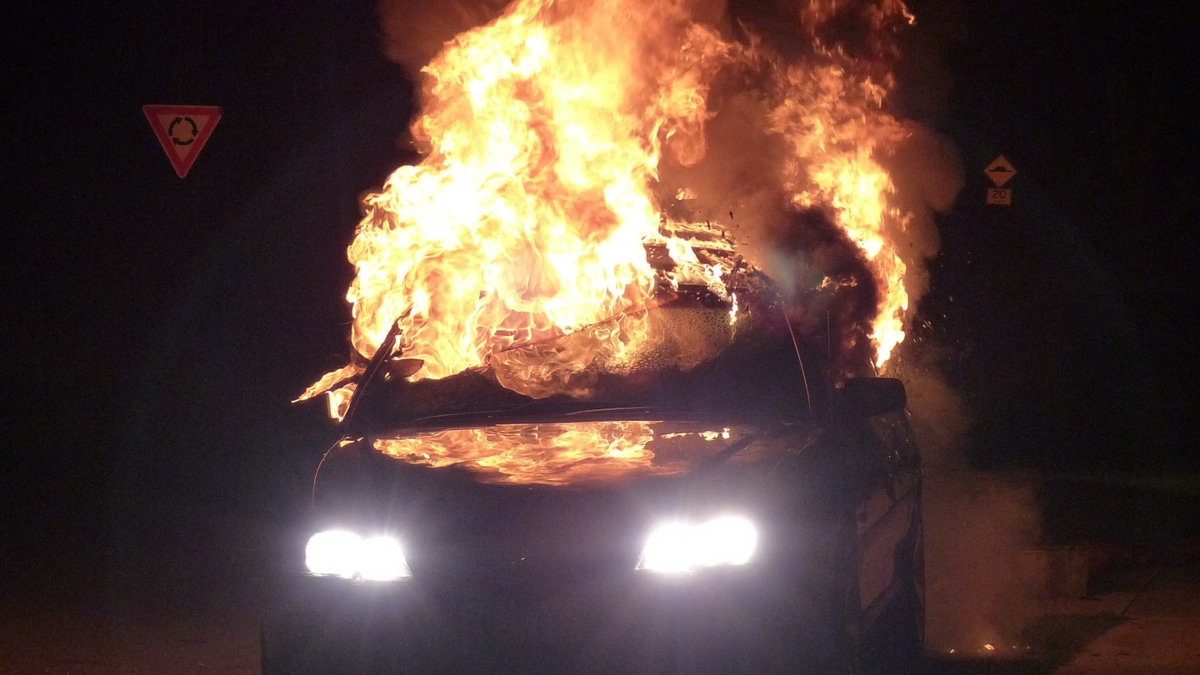John Thornton Jenkins ascended Mount Hood on May 7, 2017. Located approximately 50 miles east of Portland, Mount Hood rises 11,249 above sea level as one of the prominent summits of the Cascade Range in Oregon. As Jenkins, a 32-year-old experienced mountain climber approached the Pearly Gates area near the summit around 10:40 a.m. he lost his footing and fell nearly 600 feet along the snow-covered terrain. He came to a rest in an area known as Devil’s Kitchen, a high, remote, and cold area on the mountain face.
Jenkins landed in an area difficult to reach. In intense pain, he immediately needed emergency services. Another climber came to his side within eight minutes and called 911. They awaited the arrival of a rescue team. With Jenkins suffering and in terrible pain, every moment lost made the situation worse.
In a $10 million lawsuit filed by members of his family, they claim that emergency personnel mishandled the 911 call. The delay that resulted from these missteps contributed to Jenkins’s death. A 911 dispatcher routed the call to the Clackamas County Sheriff’s Office. An employee there mistakenly told the person who made the call to contact the ski patrol teams at Timberline Ski Resort, even though Jenkins was a climber, not a skier, and on a different part of the mountain far above and away from any ski areas
Nearly 45 minutes after Jenkins first fell, a staff member at Timberline called 911 and they were directed back to the Sheriff’s Office. This series of delays kept first responders from requesting a rescue helicopter from the Oregon Army National Guard until 12:29 p.m. The helicopter did not reach the scene until 3:11 p.m. When rescuers tried to fasten Jenkins to the basket, his lungs started to fail and he perished.
The lawsuit claims that judgment errors led to a delay of more than four hours between the time of the fall and the arrival of the rescue team. The dispute involves disagreements about whether ground crews could have arrived more quickly and whether various agencies handled these calls with enough urgency. Even though the helicopter arrived very quickly after getting the call, the delays beforehand certainly complicated the situation.











